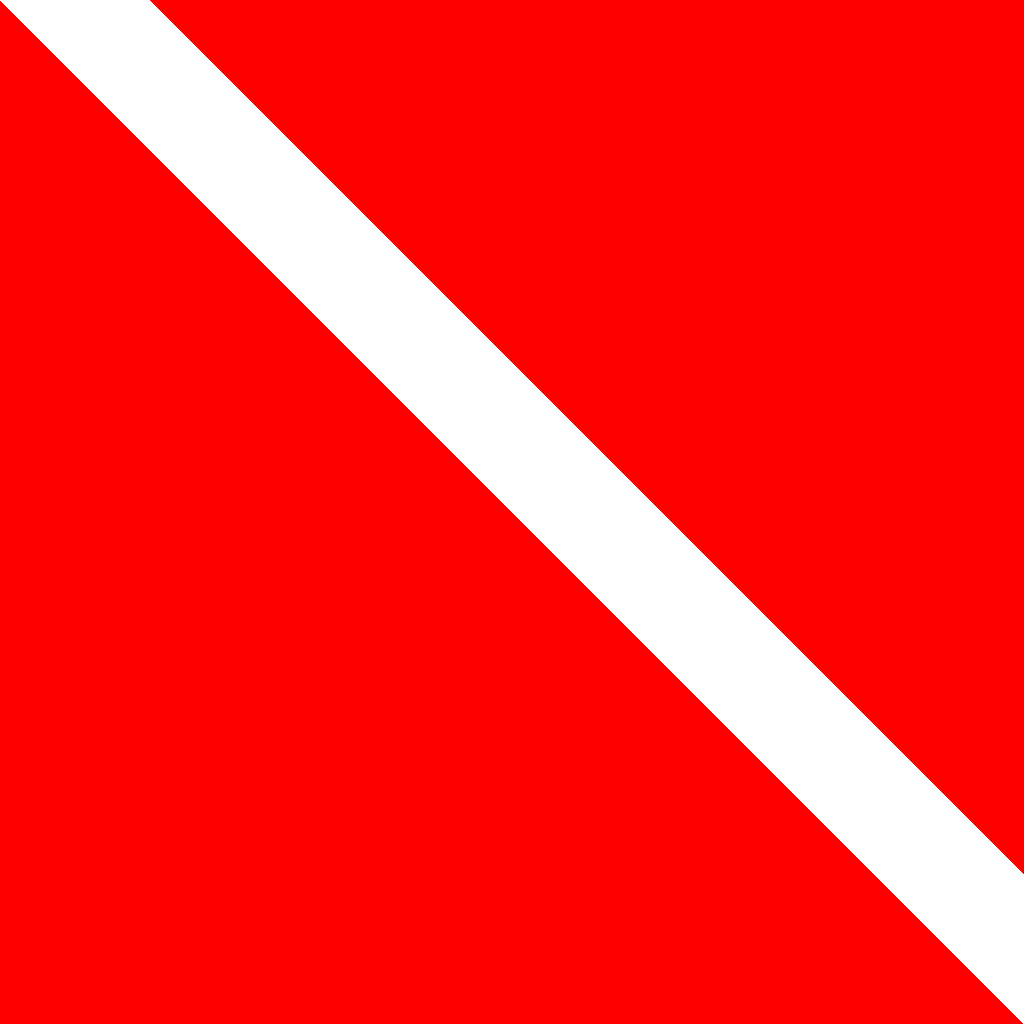Recreational Limit
Definition
The recreational limit refers to the maximum depth and conditions allowed under standard scuba certification, typically 40 meters (130 feet).
More on Recreational Limit
Recreational scuba diving agencies such as PADI, NAUI, and SSI define depth and exposure limits for non-technical divers. The commonly accepted maximum depth is 40 meters (130 feet), though most recreational dives occur between 18 and 30 meters. Staying within these limits avoids the need for staged decompression and reduces risk of nitrogen narcosis, oxygen toxicity, and rapid air depletion. Technical diving begins where recreational limits end, involving deeper depths and more complex equipment and planning.
Frequently Asked Questions
18 meters (60 feet). Advanced certification extends this to 30 meters, and deep diver specialties go up to 40 meters.
To limit risk from narcosis, oxygen toxicity, and air consumption. It also allows emergency ascents without deco stops.
Not unless you’re certified for deeper diving. Guides must adhere to agency and insurance standards.
Yes. Any dive beyond 18 meters is classified as a deep dive. Specialized training is recommended for depths beyond 30 meters.
No. Nitrox allows longer no-decompression time but does not allow diving deeper than 40 meters without technical certification.
